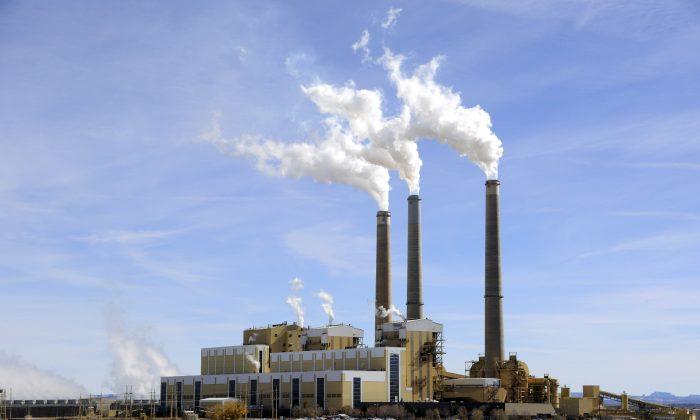Scientists wondered what would happen if you burned biomass in a controlled environment, such as in a power plant, that at least partially replaces using a fossil fuel. To find out they examined practices at the University of Iowa Power Plant, where technicians have burned a mix of oat hulls and coal for more than a decade.
The findings show that a 50-50 oat hulls-coal mix, when compared to burning only coal, reduces fossil carbon-dioxide emissions by 40 percent and significantly reduces the release of particulate matter, hazardous substances, and heavy metals.
“Our general conclusion is that when optimized, co-firing (burning biomass with coal) presents a good option for energy production, without incurring the negative environmental effects that comes with burning fossil fuels alone, like fossil carbon dioxide emissions and harmful particulate matter,” says Betsy Stone, assistant professor of chemistry.
It may seem logical that controlled burning of any type of biomass—including grasses and wood chips—would be good for the environment. After all, shouldn’t these sources be more preferable than coal, known for its deleterious environmental and public-health effects? Not necessarily, researchers say.
Biomass burning requires specialized equipment, may not burn as efficiently as fossil fuels, and supplies may be limited, among other factors. In other words, the benefits may not outweigh the costs.
The UI Power Plant has overcome some of these obstacles with oat hulls. The supply is plentiful: The plant gets its feedstuff from the Quaker Oats facility in nearby Cedar Rapids. The university also tinkered with equipment to optimize its burning of oat hulls, now at 40,000 tons annually, according to Ben Anderson, the power plant’s manager.
But no one had quantified the benefits, if any, of using oat hulls. “It’s not a linear effect. If you add more biomass, it doesn’t mean air quality is getting better,” Stone says.
So, to find out what the oat hulls were doing, the researchers took emissions tests in April–May 2014 to determine how co-firing affects air pollution. They found significant environmental and public-health benefits.
When compared to burning only coal, co-firing with the oat hulls reduced filterable particulate matter by 90 percent, hazardous air pollutants dropped by 41 percent, and heavy metals, including manganese, copper, nickel, and zinc, fell by 51 percent. Moreover, fossil carbon dioxide emissions were 40 percent less than if only coal had been used. Carbon dioxide, as has been well documented, is a major contributor to global warming.
“Many environmental advantages were observed with co-firing oat hulls as a new potential fuel for energy generation,” the authors write in the journal Fuel. “Co-firing 50 percent oat hulls with coal significantly reduced the emission of atmospheric pollutants.”
Further, co-firing wood chips has minor impacts on the release of pollutants, although more analysis may be needed to fully understand the effect, depending on the amount used and the mix percentage.
This article was originally published by the University of Iowa. Republished via Futurity.org under Creative Commons License 4.0.

Friends Read Free